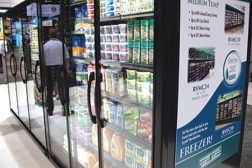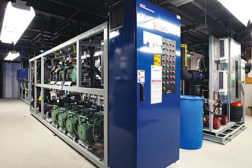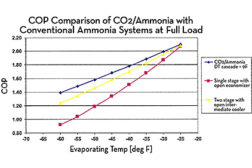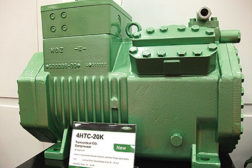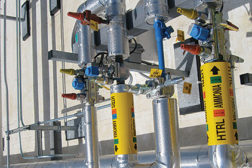Home » refrigeration cycle
Articles Tagged with ''refrigeration cycle''
R-134a, -404A, and -507 Face Proposed Use Restrictions in 2016
Read More
Manufacturers Explain Refrigerant Directions
Brochures, Case Studies, Define Refrigerant Technologies, Applications
Read More
HVAC Contractors Adapting to Changes
Keeping Up With Refrigeration Sector
September 8, 2014
Ice Breaker: Advantages of Parallel Compressor Racks
Supermarkets Use Design to Cool Cases
Read More
CO2 Refrigerant Growth Continues Globally
Number of CO2 Applications Growing in Domestic Settings, Too
Read More
Copyright ©2024. All Rights Reserved BNP Media.
Design, CMS, Hosting & Web Development :: ePublishing



